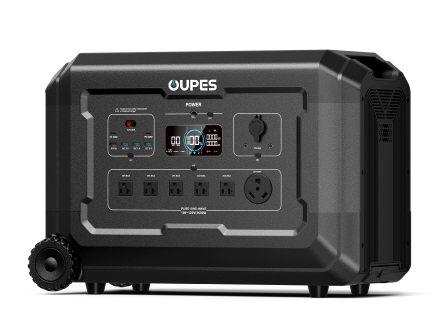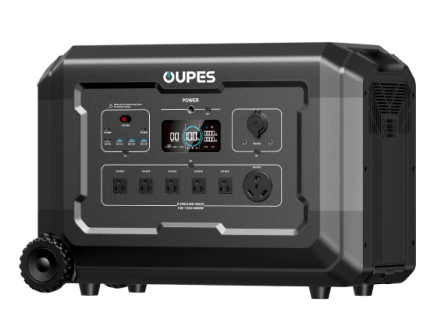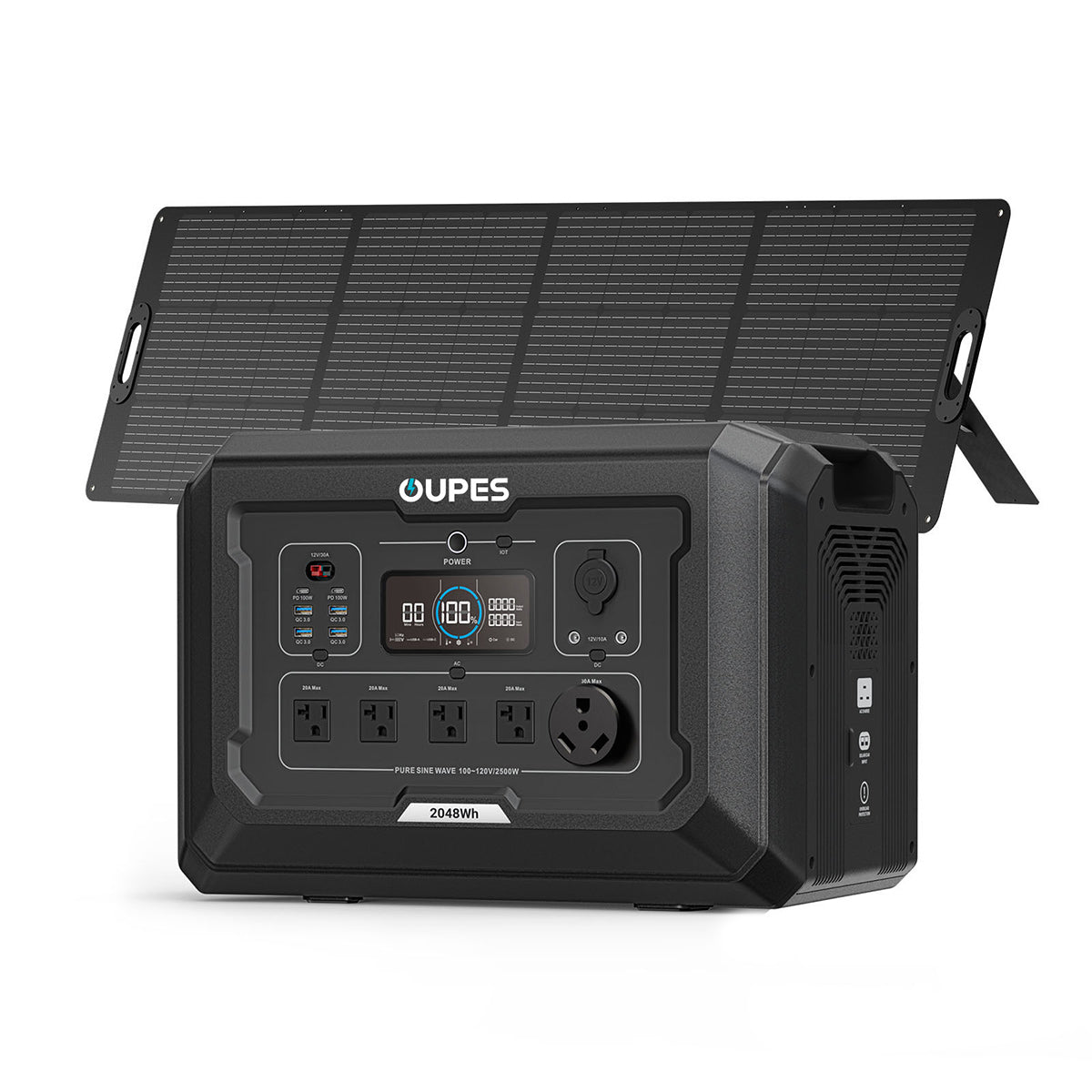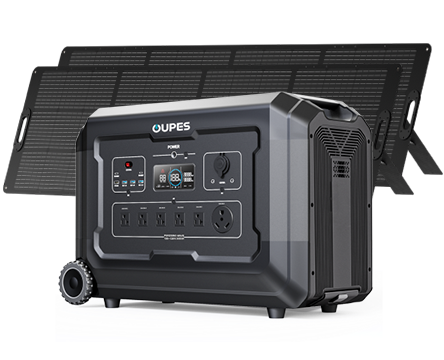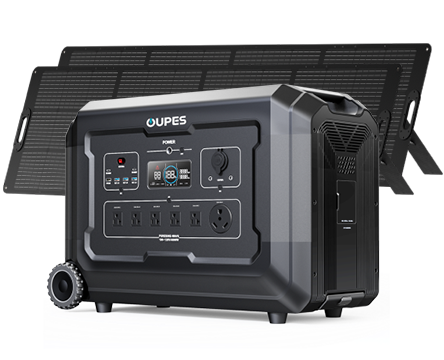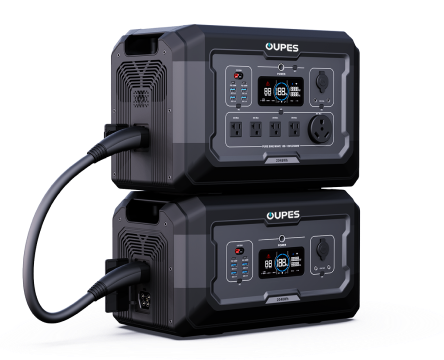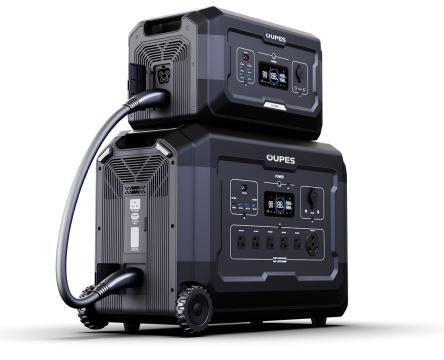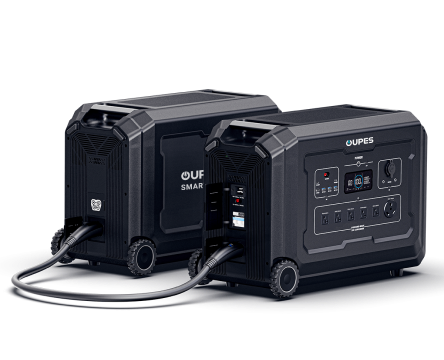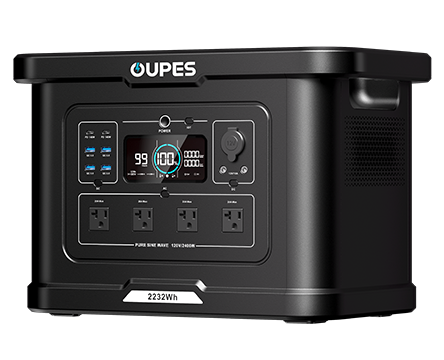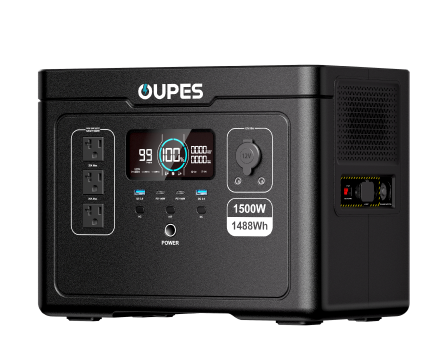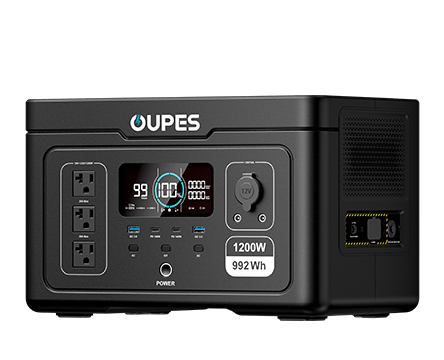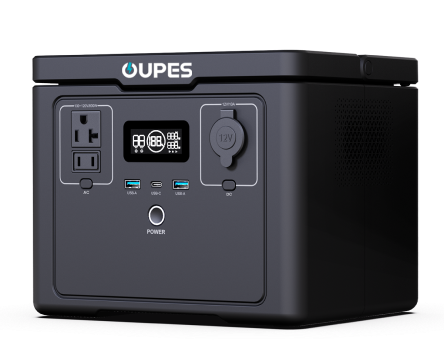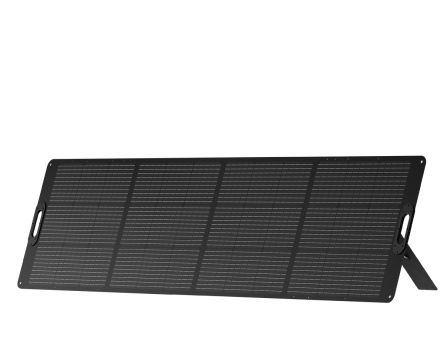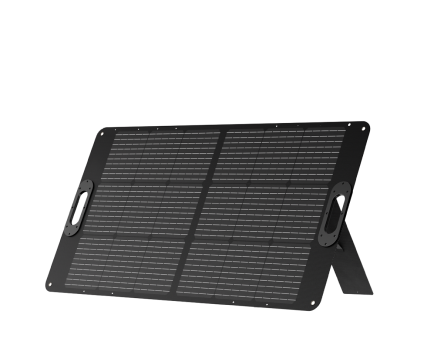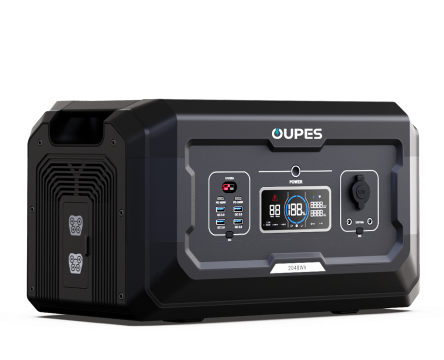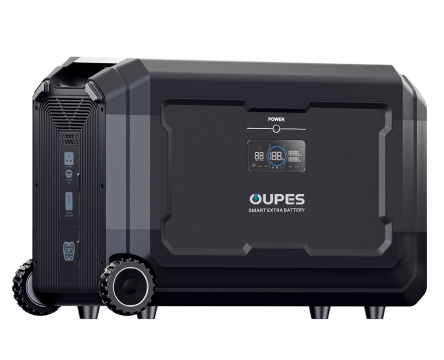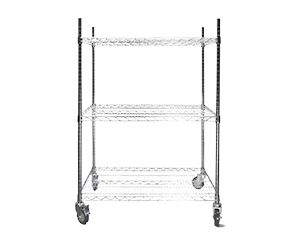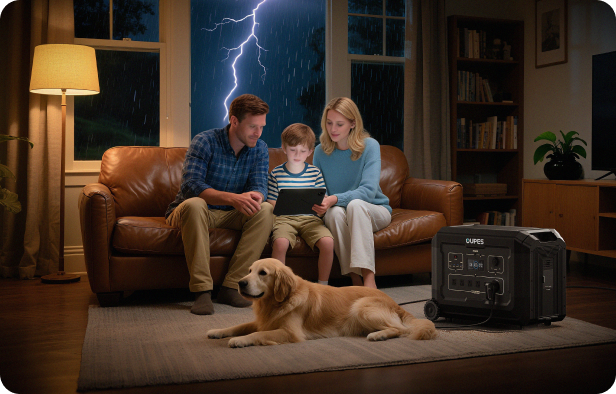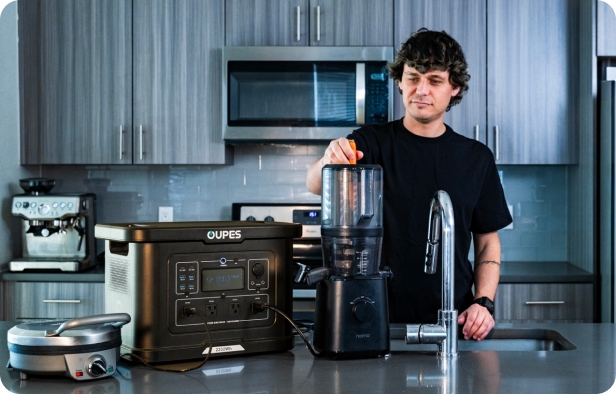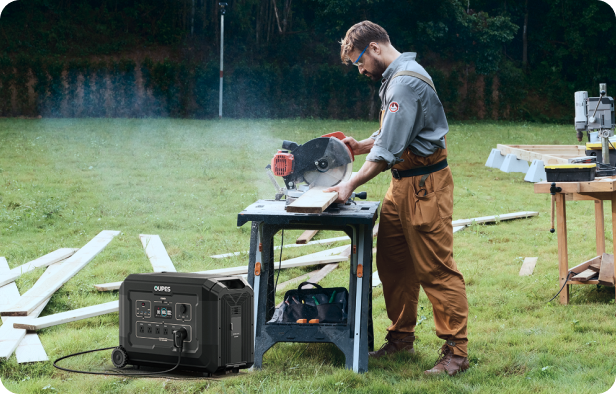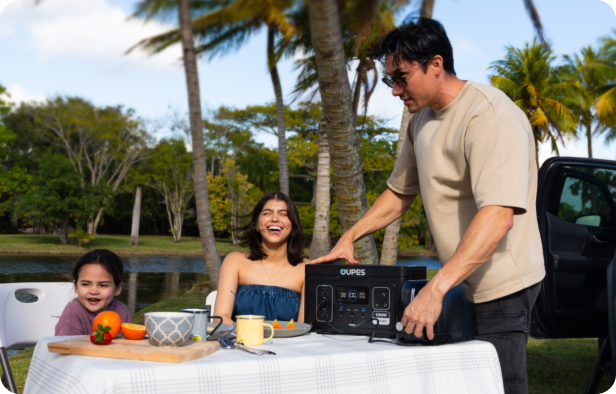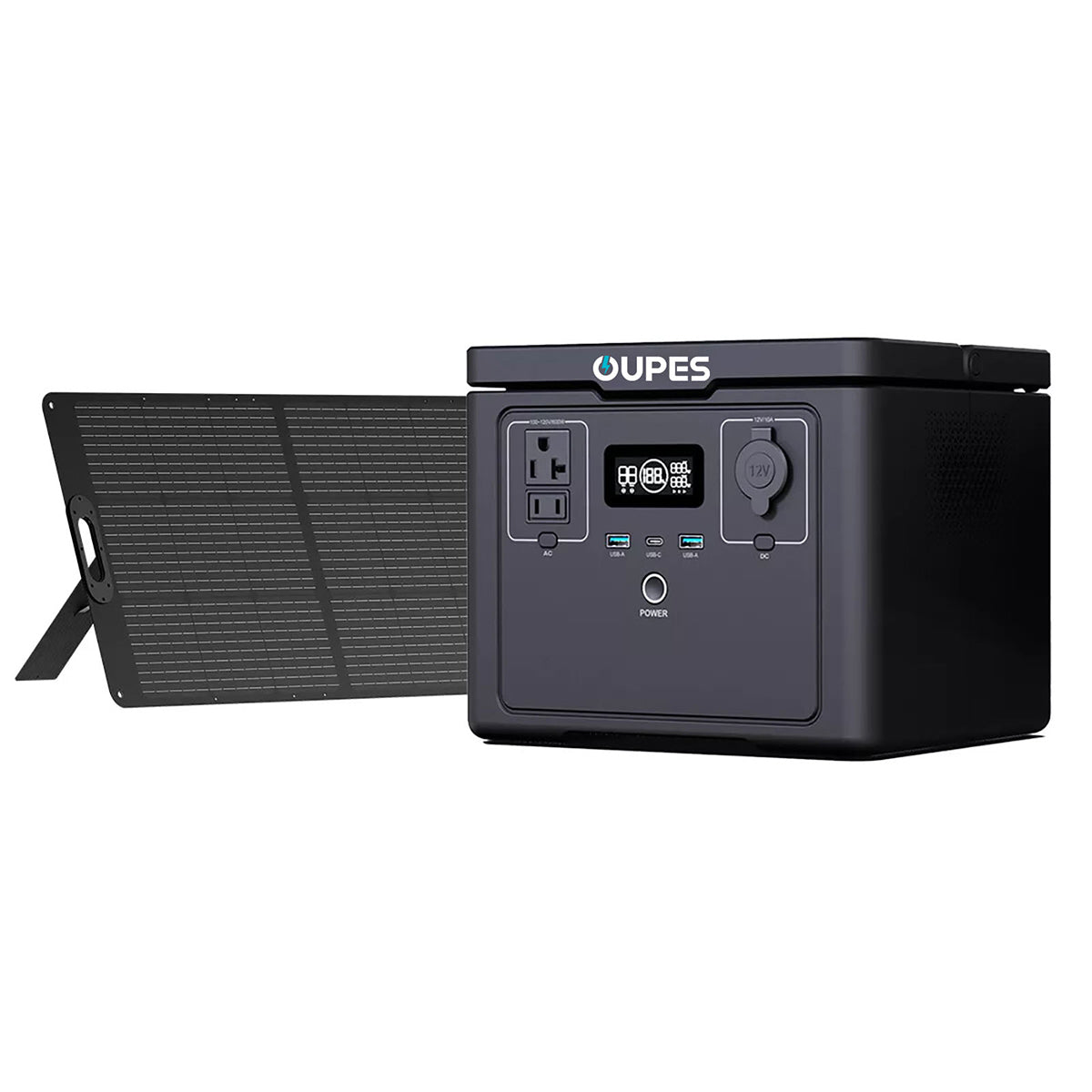
If you are an avid traveler or a dedicated RVer, you understand the importance of reliable power while on the road. Traditional RVs are usually equipped with generators or hookups to shore power, but in recent years, a new option has become increasingly popular: portable power stations. These versatile devices promise to power everything from small electronics to larger appliances without the noise and fumes of gas-powered generators. But the question remains: Can a portable power station run an RV? In this article, we will explore how portable power stations can serve as a power solution for RVs and what you need to know before relying on them as your primary source of energy. Let’s dive into the details of how these devices work and their potential to meet the energy demands of an RV lifestyle.
What Is a Portable Power Station and How Does It Work?
Before delving into whether a portable power station can run an RV, it’s important to understand what exactly these devices are and how they function. A portable power station is a compact, all-in-one battery system designed to store electrical energy for use when you need it. These stations are typically powered by lithium-ion batteries, which are known for their energy density and longevity. They come equipped with multiple ports to provide power to various devices, including USB, AC, and DC outlets.
Most portable power stations are rechargeable, and you can recharge them via solar panels, car chargers, or standard wall outlets, giving you a lot of flexibility when it comes to keeping the battery topped off. This feature makes portable power stations a highly convenient option for RV enthusiasts, who often find themselves in locations without access to traditional electricity sources.
Portable power stations are available in a range of sizes, from small units that can charge a smartphone or run a small cooler to large, powerful models capable of running several household appliances at once. The key to understanding whether a portable power station can run an RV is to consider the energy demands of the RV and compare them to the capacity and output of the power station.
Energy Demands of an RV: What You Need to Power
An RV typically has a variety of power needs, from lights and entertainment systems to kitchen appliances and heating or air conditioning. Some of the most common items you might want to power with a portable power station include your refrigerator, microwave, air conditioning unit, electric stove, water pump, and personal electronics like laptops or phones.
Refrigerators in RVs, especially the larger models, can consume a substantial amount of energy. A standard RV refrigerator can use anywhere from 200 to 600 watts per hour, depending on its size and the type of compressor it uses. On the other hand, smaller appliances like LED lights or a TV might only use 50 to 100 watts per hour, making them easier to power with a portable power station.
Air conditioners and space heaters are some of the most energy-hungry devices in an RV. A typical RV air conditioner can use between 1,000 to 1,500 watts per hour, while a small electric heater might require around 1,000 watts per hour. This means that a portable power station would need to have a high energy capacity and a large enough inverter to handle these devices for any significant period of time.
When choosing a portable power station for your RV, it’s essential to calculate the total wattage of all the devices you plan to power. You will need a power station that has both the capacity (measured in watt-hours or Wh) and the output (measured in watts) to handle these combined loads. This brings us to the next important consideration: how to match your power station with your RV’s energy requirements.
Choosing the Right Portable Power Station for Your RV
When selecting a portable power station for your RV, it’s crucial to understand both the energy consumption of your RV’s appliances and the specifications of the power station itself. The most important specifications to pay attention to are the battery capacity and the output wattage.
The capacity of a portable power station is typically measured in watt-hours (Wh), which tells you how much energy the unit can store. The larger the battery capacity, the longer the power station can run devices before needing to be recharged. For RVs, a capacity of at least 500Wh is recommended for smaller setups, while larger RVs with more energy-hungry appliances may require power stations with capacities of 1,000Wh or more.
Another key factor is the output wattage. The power station’s inverter determines how much wattage it can supply at any given time. If you plan to run high-power devices like an air conditioner or microwave, you will need a power station with an inverter capable of supporting a higher wattage, often referred to as the "surge" or "peak" wattage. This is because some devices, like refrigerators or air conditioners, require an initial surge of power when they start up, which is often higher than their running wattage.
It’s also important to consider the number and types of outlets the power station offers. Ensure that the power station has the appropriate outlets for your RV’s needs, including standard AC outlets for appliances, DC outlets for smaller devices, and USB ports for charging electronics. Some power stations even come with special connectors for solar panels, allowing you to recharge while off the grid.
Benefits of Using a Portable Power Station for an RV
There are several benefits to using a portable power station in an RV, particularly when compared to traditional gas-powered generators. First and foremost, portable power stations are silent. Unlike gas generators that can be loud and disruptive, portable power stations run quietly, which is a significant advantage when you’re trying to enjoy nature or sleep in a quiet campground.
Another major benefit is the environmental impact. Gas-powered generators emit pollutants into the air, whereas portable power stations, especially those that can be recharged using solar panels, offer a cleaner, more sustainable energy source. Solar-powered portable power stations provide a renewable way to keep your RV running without relying on fossil fuels or creating noise pollution, making them ideal for eco-conscious RVers.
Portable power stations also tend to be much more portable and user-friendly than traditional generators. They are compact, lightweight, and easy to transport, with no need for fuel storage, oil changes, or maintenance. This makes them a hassle-free alternative to a bulky gas generator, especially if you’re traveling light or have limited storage space in your RV.
Additionally, portable power stations can offer more flexibility in how you use power. You can easily recharge them at home, in your car, or with a solar panel while on the go, giving you multiple options for keeping your power supply topped off. This means you can be self-sufficient for longer periods, even in remote locations where grid power is unavailable.
Challenges and Considerations When Using a Portable Power Station for an RV
While portable power stations offer many advantages, there are some challenges and limitations to consider when using them in an RV. The primary concern is the power capacity. While portable power stations can handle small to medium loads, they may not be able to provide sufficient power for high-consumption devices, such as large air conditioners or multiple appliances running simultaneously. For example, even a large portable power station with a 1,000Wh capacity may struggle to run an air conditioner for more than a couple of hours.
Another consideration is the recharging time. Portable power stations can take anywhere from several hours to a full day to recharge, depending on the power source and the size of the unit. If you’re using the power station to run several devices throughout the day, you may need to find ways to recharge it while in use, such as through solar panels or your vehicle’s alternator. It’s important to plan for this and ensure you have access to a reliable recharging method while on the road.
Lastly, some RVers find that they need multiple portable power stations or additional battery packs to meet their needs. If you plan on running larger appliances for extended periods, you may need more than one unit to provide continuous power. This can add to the initial investment and complexity of your setup, so it’s worth considering your long-term energy needs before committing to a portable power station.
In conclusion, while portable power stations can be a convenient and eco-friendly solution for powering your RV, they may not always be suitable for running every appliance in your vehicle. Careful planning and consideration of your energy needs are essential when choosing a power station. With the right setup, however, a portable power station can provide reliable, clean energy for your RV adventures, making it a valuable addition to your off-grid lifestyle.


